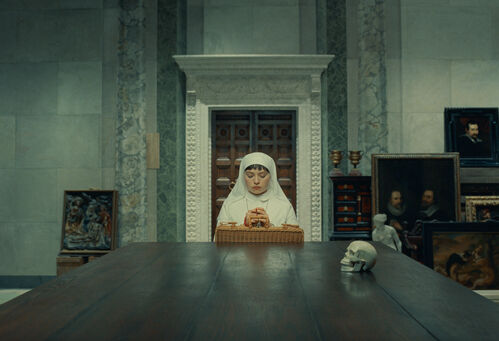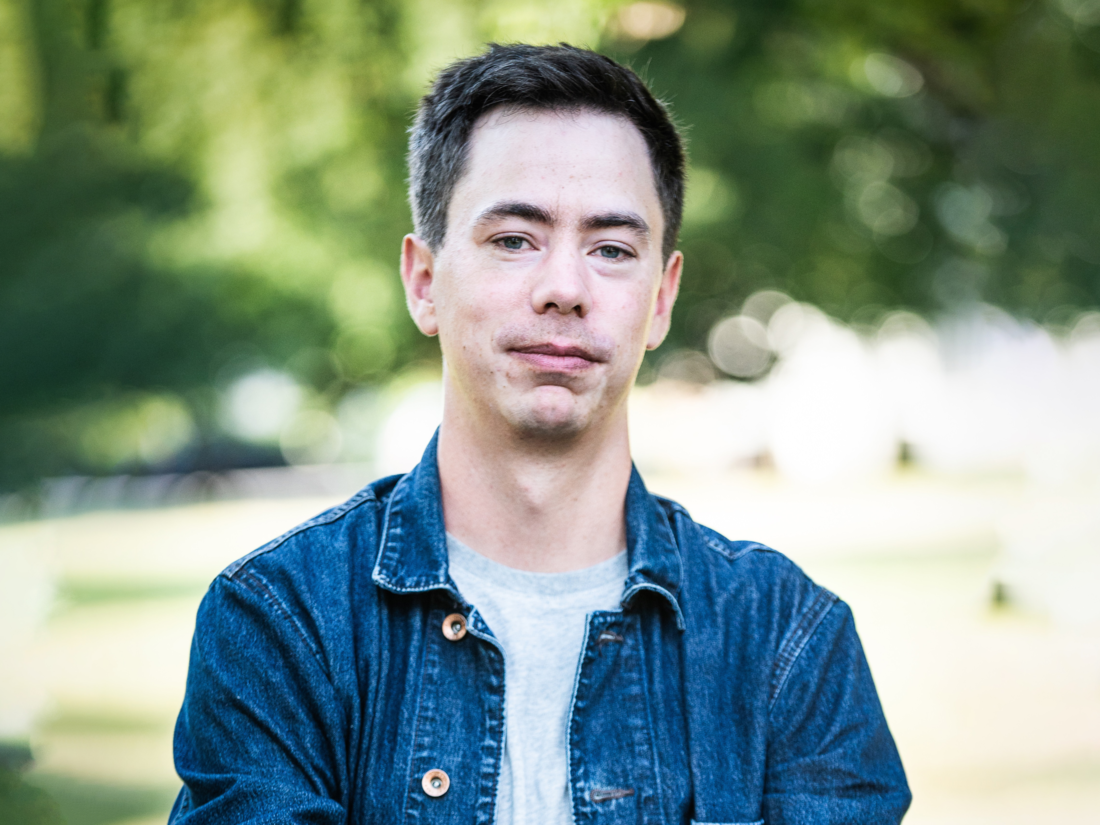Wes Anderson’s “The Phoenician Scheme” features Renoir and Magritte masterpieces.

Wes Anderson’s latest caper stars a corrupt mogul, a devout nun, and, unexpectedly, a real Renoir painting. In The Phoenician Scheme, which premiered in the U.S. on May 30th, the Oscar-winning director filled a fictional palazzo with genuine masterworks of European art.
The film centers on Zsa-Zsa Korda, played by Benicio Del Toro, a shady entrepreneur attempting to fund a Mediterranean waterway project while evading government agents and hired assassins, and his estranged religious daughter, Liesl, played by Mia Threapleton. Usually, films use high-quality copies of artworks on film sets. But instead, Anderson enlisted Jasper Sharp, a Vienna-based curator who has previously collaborated with the director, to help secure high-value loans from collectors and museums near Studio Babelsberg in Potsdam, Germany.
In the film, Pierre-Auguste Renoir’s Enfant assis en robe bleue (Portrait d’Edmond Renoir fils) (1889) is featured among Korda’s disorderly collection. The portrait, featuring the artist’s nephew, hangs above Liesl’s bed in the film. The artwork was once owned by actress Greta Garbo and now belongs to the Nahmad family, prominent Lebanese art collectors.

These masterpieces are scattered throughout the film. René Magritte’s The Equator (1942) also appears briefly in the film. Many works are nearly out of frame, including Juriaen Jacobsz’s The Dog Fight (1678), which appears leaning against the wall among a selection of other works.
Handling the masterworks was no small operation for the film crew. Alongside Sharp, the film production enlisted a conservator and registrar to ensure the safety of these works. “I felt, to have any real conviction in being able to ask somebody to lend an object, we needed to have that sort of support network to assure them that the works would be handled exactly as they were if they were lending them to a museum,” Sharp told the New York Times.
Another work featured was a still life by Floris Gerritsz van Schooten, loaned by the Hamburger Kunsthalle in Germany, among several other 17th-century works.
“We have a character who’s a collector, who’s a possessor; he wants to own things, and we thought because it’s sort of art and commerce mixed together this time we should try to have the real thing,” Anderson said to the New York Times.
 “Architecture, to me, is a form of silent storytelling. It speaks of intention, history, culture, and function—but often gets overlooked in our daily rush.”
“Architecture, to me, is a form of silent storytelling. It speaks of intention, history, culture, and function—but often gets overlooked in our daily rush.”